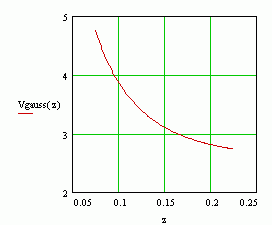Features
- On-board 8-bit microcontroller.
- 5V supply voltage
- ø0.125″x0.100″ magnet required (supplied with monitor)
- 0.150″ travel of magnet is linearised to output (0.5-4.5V).
- Overvoltage protection (up to 24V) with resettable fuses.
- Ideal for foot-pedal, joystick or any equipment where a potentiometer might be used to sense position.
Description
The linear position sensor works in conjunction with a magnet to sense position of a plunger type switch. The monitor is self-calibrating to the magnet, and will automatically set itself up each time power is applied.
A hall-effect sensor is a linear device by nature, giving a linear deflection of voltage based on the intensity of the magnetic field present. Unfortunately, the variation in magnetic field intensity with proximity to a permanent magnet is far from linear.
The curve shown in the figure represents uncorrected output voltage from a Hall effect sensor as a permanent magnet moves through its range of motion. The X axis shows the proximity of the magnet to the sensor, and the Y axis shows the uncorrected output voltage.
When the magnet is farthest from the sensor, a large amount of motion is required to influence the output, whereas when the magnet is close to the sensor, a minute change in position results in a large change in output voltage. The on-board microcontroller translates this non-linear signal to a linear one.


